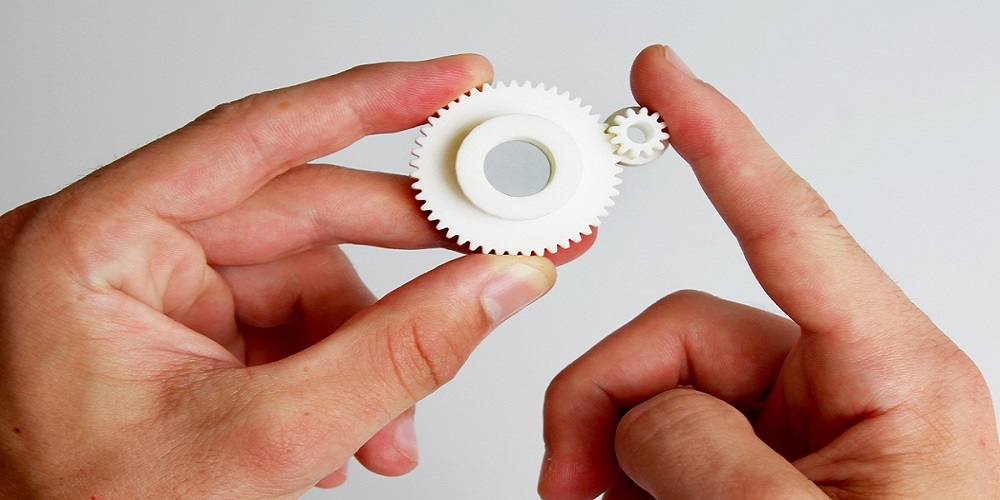Rapid Prototyping refers to a type of design process that mostly has to do with having an idea, creating its prototype, or making use of computer-aided designs (3D). The process uses for building this model, part, or assembly is known as 3D printing. Before contacting a rapid prototyping company to create a part for you, you must understand the exact type wish to have.
In this piece, You will find out the type of rapid prototypes that you may consider choosing from:
Types of Rapid Prototyping
The following are the types of rapid Prototyping to look at:
1. Material Jetting
Manufacturing with material Jetting is often fast, affordable, and easy to use. This makes it one of the best rapid prototyping methods to use for your product development. Material jetting can be found in most non-industrial desktops used for 3D printing.
Using the thermoplastic filament which is melted in a nozzle barrel for printing, material Jetting helps to create a product from the scratch.
2. Selective Laser Sintering
It’s a type of popular rapid prototyping process that is used for manufacturing metals and plastics. Oftentimes, a high-power laser is used to sinter and heat the powdered material; a Selective Sinter Laser uses different layers go powder to form a product prototype.
Again, they are affordable, costs less labor and time, and offer a great amount of efficiency and productivity.
3. Powdered Red Fusion
The powdered red fusion is a type of rapid prototyping that has come to become one of the most preferred techniques for manufacturing. This is because it’s inexpensive, and can make high-quality multifaceted parts.
People who are in the aerospace, automotive, or medical companies tend to manufacture with the powdered red fusion technique most times. It uses a high-power laser or electron beam to fuse materials and create a production part or simply melt products in different layers. Even though PBF can use any material with a powder base, materials that are frequently used include aluminum, copper, stainless steel, alloys, etc.
4. Sheet Lamination
One of the most important benefits of using sheet lamination is that you won’t need to pay specific attention to have certain conditions controlled. It works by having layers of plastic, metal, and also ceramic materials assembled. This is done to create a computer-aided design (CAD).
Every single layer of material used for sheet lamination is bonded by applying glue on all components until the process is completed. One downside of using this manufacturing process is that you often need to layout the ceramic materials; this involves a lot of labor and may also delay the time that should be used to process other materials.
5. Binder Jetting
The binder jetting manufacturing process sprays agents used for binding on particles to join them. The powder is further added in layers, compacted, spread using a roller, and then bound properly.
Ideally, binder jetting involves putting the powder and a binder in layers to create a part. After it’s done, the part can be cured. The curing goes on in an oven and is used to burn off some of the binding agents that fuse the powder and the final product.
Final Thoughts
As an engineer, product designer, or member of a product development team, you can opt for any of the aforementioned, depending on what your product truly needs. They are quite efficient and beneficial methods of manufacturing.


